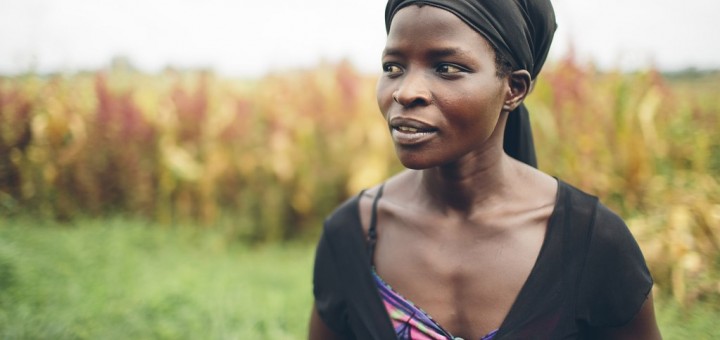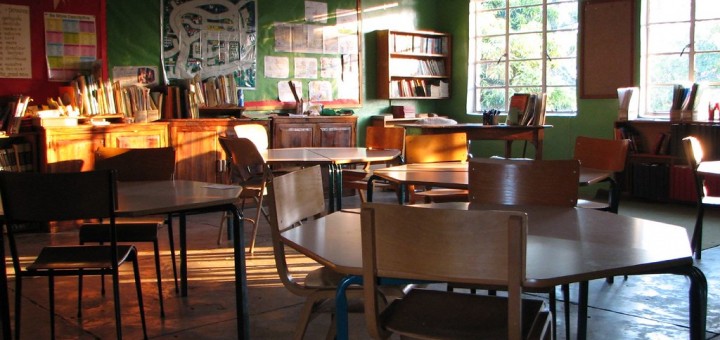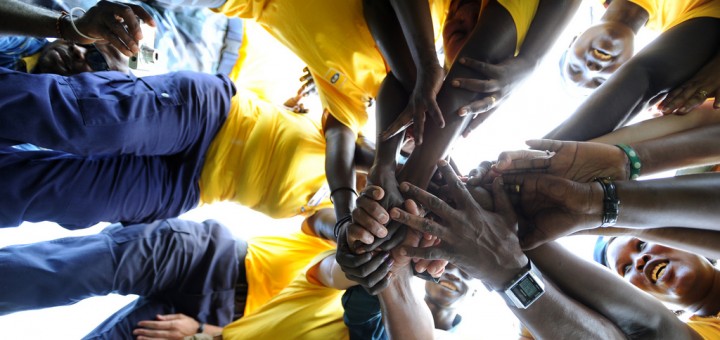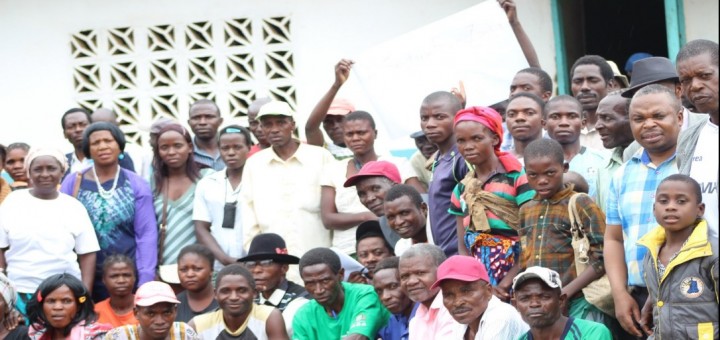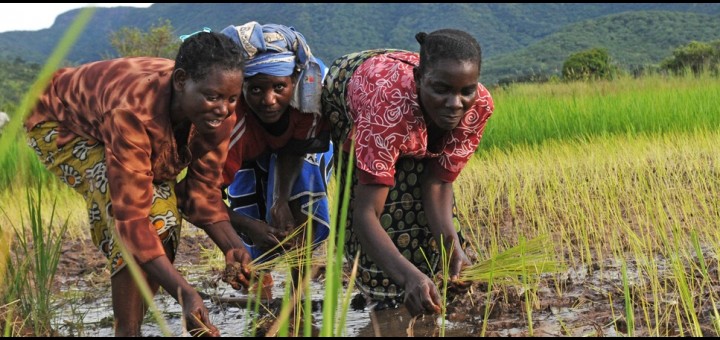There is no clear legal distinction between Civil Society Organizations, Non-governmental Organizations and philanthropic organizations.
An NGO in Zambia is defined as a “private voluntary grouping of individuals or associations, whether corporate or unincorporated, not established or operated for profit, partisan politics or any commercial purposes, and who or which have organized themselves for the promotion of civic education, advocacy, human rights, social welfare, development, charity, research or other activity or program for the benefit or interest of the public, through resources mobilized from sources within or outside Zambia (The NGO Act 2009). An ‘international non-governmental organization’ means a non-governmental organization with the original incorporation in one or more countries other than Zambia.” However, the “act does not apply to churches, clubs, political parties, professional groups or organizations, trade unions and religious organizations” (Bemvi Associates. 2014. Initial Compatibility Analysis of the Non-Governmental Organizations Act 2009).
A non-governmental organisation can register under different acts, i.e. Societies Act, NGO Act, Companies Act, Trust and Deeds Act, and Land (Perpetual and Succession) Act. Under these Acts, Non-Governmental Organizations and Public Benefit Organizations can register with the Registrar of Societies, Registrar of NGOs, or with the Patents and Companies Registration Agency. In the past, foundations and NGOs registered at the Registrar of Societies, however the NGO Act of 2009 mandated that all civil society organizations register with the Registrar of NGOs in the Ministry of Community Development.
Photo credit: Joe Nkadaani / CIFOR
